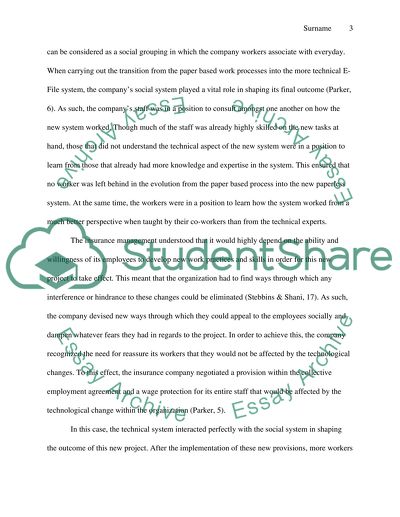Cite this document
(“Socio-Technical Systems Essay Example | Topics and Well Written Essays - 1000 words”, n.d.)
Socio-Technical Systems Essay Example | Topics and Well Written Essays - 1000 words. Retrieved from https://studentshare.org/information-technology/1493841-socio-technical-systems
Socio-Technical Systems Essay Example | Topics and Well Written Essays - 1000 words. Retrieved from https://studentshare.org/information-technology/1493841-socio-technical-systems
(Socio-Technical Systems Essay Example | Topics and Well Written Essays - 1000 Words)
Socio-Technical Systems Essay Example | Topics and Well Written Essays - 1000 Words. https://studentshare.org/information-technology/1493841-socio-technical-systems.
Socio-Technical Systems Essay Example | Topics and Well Written Essays - 1000 Words. https://studentshare.org/information-technology/1493841-socio-technical-systems.
“Socio-Technical Systems Essay Example | Topics and Well Written Essays - 1000 Words”, n.d. https://studentshare.org/information-technology/1493841-socio-technical-systems.


